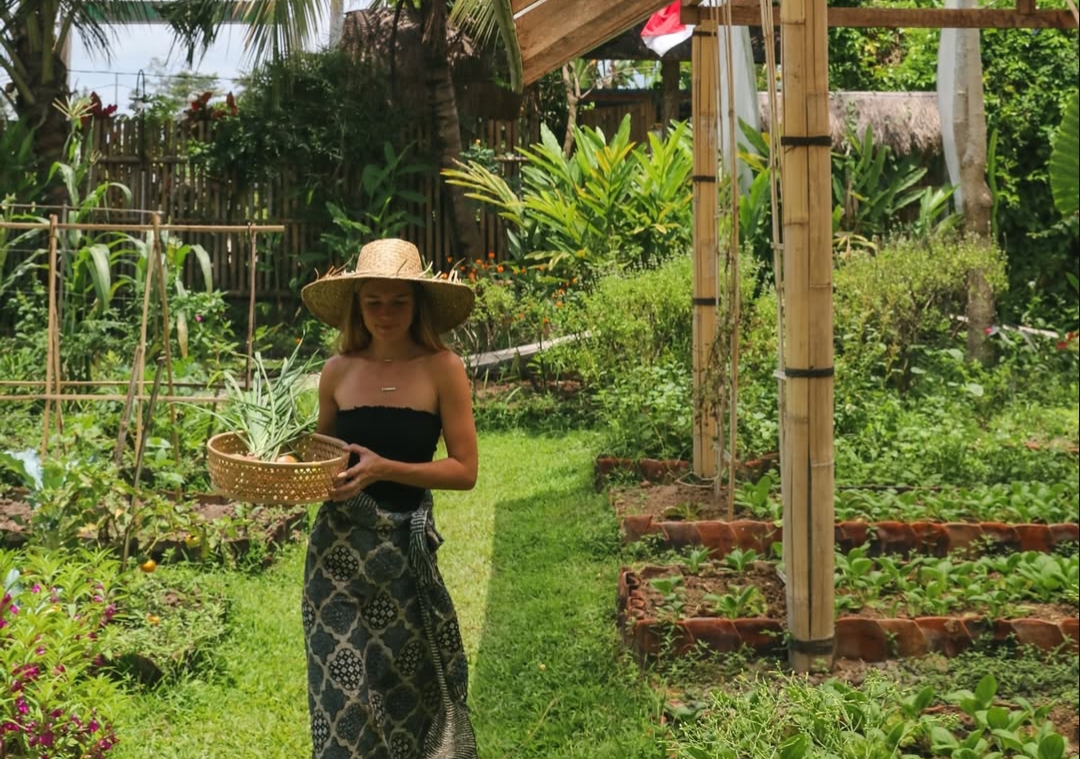Bali is widely known for its pristine beaches, mesmerizing temples, and rich cultural heritage.
However, beyond its serene landscapes, the island is also home to an exhilarating traditional event known as Mekepung.
Originating from Jembrana Regency in western Bali, Mekepung is a buffalo racing tradition that has been preserved for generations and remains a highly anticipated cultural spectacle.
The Origins of Mekepung
The word “Mekepung” comes from the Balinese term “makepung-kepungan,” which means “to chase one another.”
The tradition was inspired by an agricultural practice in which farmers used pairs of buffalo to plow their rice fields.
Over time, this practical farming method evolved into a thrilling race, where buffaloes, adorned with colorful decorations, compete to reach the finish line first.
Dating back to the 1930s, Mekepung was initially held on muddy rice fields, reflecting its agricultural roots.
The jockeys, known as “sais,” dressed like ancient Balinese warriors, wearing traditional headgear (dastar), a sash (selendang), and long trousers, often going barefoot.
They also carried a symbolic sword tucked into a checkered (poleng) cloth belt.
The Mekepung Racing System
The Mekepung competition is divided into two rival teams: the Western Block (Green Team) and the Eastern Block (Red Team).
Each race consists of two buffaloes pulling a small wooden chariot called “lampit,” with a jockey skillfully guiding them.
The buffaloes are often named after powerful or auspicious symbols, such as Moncong Putih, Dewi Natalia, Prabu Angin Ribut (Western Block), and Barong Sangkar Agung, Lubak Barak, Sawung Galing, and Mega Dewi (Eastern Block).
The Thrill of the Race
The atmosphere during a Mekepung race is electrifying. As the competition begins, the buffaloes, adorned with bells that chime like rhythmic music, dash forward at full speed.
The sound of their hooves pounding the ground, the echoing jingles of their collars, and the enthusiastic cheers from spectators create an adrenaline-fueled experience.
Jockeys skillfully balance themselves on the lampit while urging their buffaloes forward.
The race is not just about speed but also about endurance, strength, and the jockeys’ ability to control their powerful animals.
Occasionally, thrilling incidents occur, as competitors push themselves to the limits in pursuit of victory.
Cultural and Spiritual Significance
For the people of Jembrana, Mekepung is more than just a race—it carries deep cultural and spiritual significance.
The event serves as a symbol of gratitude to Sang Hyang Widhi Wasa (the Supreme God) for bountiful harvests and agricultural prosperity.
It also strengthens the bonds of brotherhood within the community and showcases the resilience and unwavering spirit of the Balinese people.
Mekepung’s Role in Tourism
Mekepung has also gained international recognition, attracting both domestic and foreign tourists eager to witness this unique tradition.
Visitors are captivated by the energy, enthusiasm, and cultural richness of the event, making it one of Bali’s most iconic cultural attractions.
To preserve and promote Mekepung, an annual grand championship called “Mekepung Jembrana Governor’s Cup” is held, further elevating the tradition’s prestige and ensuring its continuity for future generations.
Mekepung is a vivid reminder of Bali’s rich cultural heritage, blending history, agriculture, and exhilarating sportsmanship into a one-of-a-kind tradition.
Whether you’re a thrill-seeker, a cultural enthusiast, or simply someone eager to experience the authentic spirit of Bali, witnessing a Mekepung race is an unforgettable experience.
More than just a race, it is a testament to the island’s enduring traditions, unwavering communal bonds, and deep respect for nature and spirituality. (BT)
Image Source: instriki.ac.id





